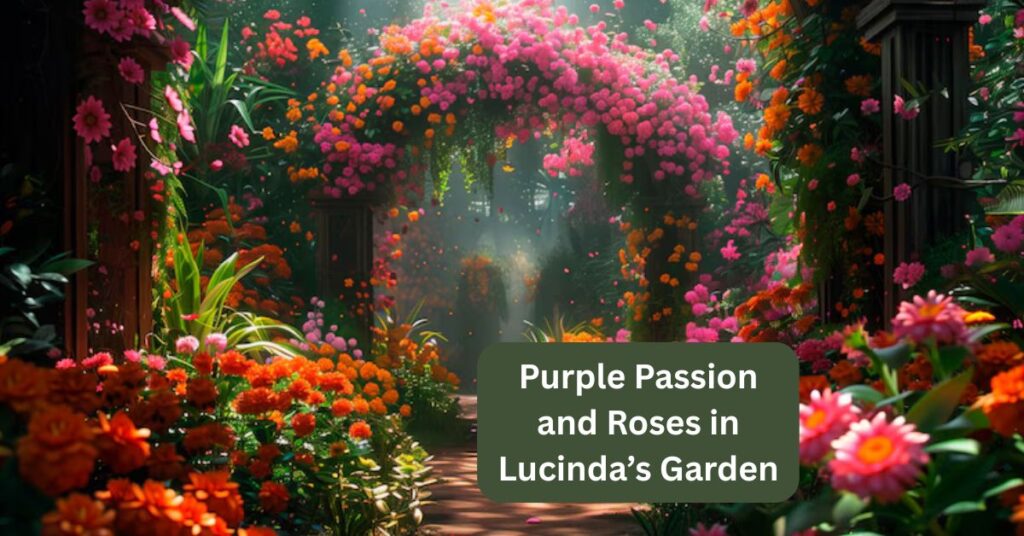Growing plants indoors with artificial light has become an essential gardening method for those lacking natural sunlight. Whether it’s due to limited outdoor space, climate restrictions, or urban living, artificial lighting provides an effective solution for nurturing healthy plants year-round. Proper lighting ensures plants receive the necessary energy for photosynthesis, growth, and flowering. However, success depends on selecting the right type of light, understanding plant requirements, and setting up an efficient system. This guide will walk you through everything from light types to placement and maintenance, helping you create a thriving indoor garden with artificial lighting.
Why Artificial Light is Essential for Indoor Plants
Artificial light serves as a substitute for sunlight, providing the necessary light spectrum for photosynthesis. Many indoor spaces lack sufficient natural light, especially in apartments or rooms without direct sunlight. Without adequate light, plants struggle to grow, leading to weak stems and poor foliage. Artificial lighting ensures consistent light exposure, regardless of season or weather. It also allows control over light duration and intensity, tailored to specific plant needs. This flexibility supports optimal plant health, promotes faster growth, and enables year-round gardening. Indoor gardening with artificial light is thus a practical solution for plant enthusiasts.
Types of Artificial Grow Lights for Plants
There are several types of grow lights suitable for indoor plants. Fluorescent lights are energy-efficient and ideal for low-light plants like herbs and leafy greens. LED grow lights are popular for their energy savings, long lifespan, and full-spectrum capabilities, making them suitable for a wide variety of plants. High-Intensity Discharge (HID) lights, including Metal Halide (MH) and High-Pressure Sodium (HPS), are powerful options for larger setups but consume more energy. Incandescent bulbs are generally not recommended due to their inefficiency and heat output. Choosing the right type depends on plant species, space size, and budget.
Setting Up Artificial Lighting for Indoor Plants
Proper setup is crucial for maximizing the benefits of artificial light. Position the grow lights 6-12 inches above the plants, adjusting distance based on light intensity and plant needs. Taller plants may require side lighting to ensure even exposure. Use adjustable stands or hanging systems for flexibility. Aim for 12-16 hours of light daily, simulating natural daylight cycles. Incorporating timers ensures consistency, preventing overexposure or neglect. Reflective surfaces like white walls or mylar sheets help distribute light evenly. Regularly clean light fixtures to maintain brightness and efficiency. A well-planned setup promotes healthy, vigorous indoor plant growth.
Benefits of Growing Plants with Artificial Light
Growing plants indoors with artificial light offers numerous advantages. It allows year-round gardening, unaffected by seasonal changes or weather conditions. Indoor gardening with controlled lighting reduces pest infestations and disease risks common in outdoor environments. Artificial lights enable precise control over growth stages by adjusting light duration and intensity. This results in healthier plants, faster growth, and better yields for vegetables, herbs, and flowers. Additionally, it makes gardening accessible for urban dwellers and people with limited outdoor space. The ability to grow fresh, organic produce indoors adds convenience and sustainability to modern living.
Common Mistakes to Avoid When Using Artificial Light
One common mistake is using the wrong light spectrum; plants need both blue and red light for balanced growth. Another error is placing lights too close, causing leaf burn, or too far, leading to weak growth. Inconsistent light schedules can stress plants, so using timers is recommended. Overlooking ventilation can result in overheating, especially with HID lights. Neglecting to adjust light height as plants grow reduces effectiveness. Lastly, not cleaning light fixtures diminishes light intensity over time. Avoiding these mistakes ensures a healthier indoor garden, maximizing the benefits of artificial lighting for plant growth and vitality.
Light Requirements for Common Indoor Plants
| Plant Type | Light Duration | Preferred Light Type | Notes |
|---|---|---|---|
| Leafy Greens | 12-14 hours | Fluorescent, LED | Low light, prefers cooler spectrum |
| Flowering Plants | 14-16 hours | Full-Spectrum LED | Needs balanced red & blue light |
| Succulents & Cacti | 10-12 hours | LED, HID | Prefers high-intensity lighting |
| Herbs | 12-16 hours | Fluorescent, LED | Moderate light, thrives indoors |
| Fruit-Bearing Plants | 14-16 hours | Full-Spectrum LED | Requires strong light for yield |
FAQ’s
Can any LED light be used for growing plants indoors?
Not all LEDs are suitable. Only full-spectrum LED grow lights designed for plants provide the necessary wavelengths for photosynthesis and balanced growth, ensuring healthy indoor plants.
How many hours should indoor plants receive artificial light?
Most indoor plants require 12-16 hours of artificial light daily. The exact duration depends on the plant species, with flowering and fruiting plants needing longer exposure.
Is it possible to grow vegetables indoors using artificial light?
Yes, many vegetables like lettuce, spinach, and tomatoes can be successfully grown indoors with artificial light, provided they receive adequate light intensity and proper care.


